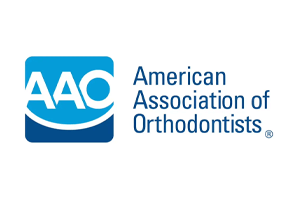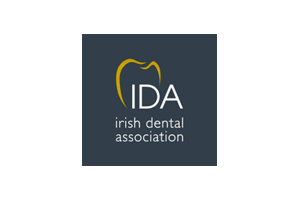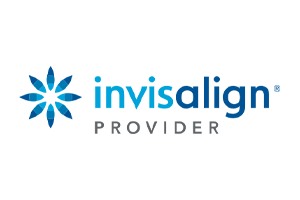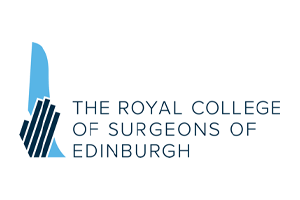We try to avoid unnecessary jargon, but if you’re ever unsure about any step of your journey, please let us know.
Anterior
Front.
Arch
Your upper or lower jaw.
Archwire
The thin metal wire we use to move your teeth.
Attachments
Tiny dots of tooth-coloured composite that we place on your teeth to help your Invisalign aligners achieve specific movements.
Learn more about Invisalign attachments
Bite
How your upper and lower teeth come together.
Buccal
The cheek-side of your back teeth.
Brackets
Small ceramic or metal modules, which are attached to each tooth and connected by a thin metal archwire.

Calculus
Hardened dental plaque, which can cause decay and gum disease.
Cephalometric radiograph
An X-ray that shows us a side view of your face.
Class I malocclusion
Where the position of your molars and your bite is normal, but your other teeth are misaligned.
Class II malocclusion
A misalignment where your upper teeth protrude past your lower teeth.
Class III malocclusion
A misalignment where your lower teeth protrude past your upper teeth.
Cone Beam CT (CBCT)
A 3D X-ray of your teeth and jaws.
Crossbite
Where your upper teeth bite inside your lower teeth.
Debond
The process of removing your fixed braces from your teeth.
Decalcification
White marks on teeth, which are caused by poor oral hygiene or excessive amounts of sugar or fizzy drinks.
Deep bite
Where your upper front teeth excessively overlap your lower teeth – also known as an overbite.
Diagnostic records
Everything we need to diagnose and plan your treatment, including X-rays, photos, scans, a clinical examination and medical history.
Elastics
Elastic bands that connect your upper and lower braces to improve the position of your teeth and jaws.
Elastic ligatures
Small elastic bands that attach your archwire to your brackets (available in many different colours!).

Enamel
The tough outer layer of your teeth.
Fixed appliance
Fixed braces, which are attached to your teeth for the duration of your treatment.
Discover clear and metal fixed braces
Frenulum
A thin piece of soft tissue that connects your lips to your gums.
Gingiva
Another word for gums – the soft tissues that surround your teeth.
Hypodontia
Also known as congenitally missing teeth, hypodontia is a genetic condition where you’re born with fewer teeth.
Hyrax appliance
A removable brace for children that we use to widen the upper jaw.
Interdental brushes
Small, bristled brushes that you can use to clean between your teeth and around fixed braces.
Invisalign
A clear aligner system that uses custom-made, removable aligners to straighten your teeth.
Invisalign in Clonmel and Newbridge

Interceptive treatment
Early orthodontic treatment that we recommend for some younger patients to intercept a developing problem.
IPR
Interproximal reduction (IPR) involves the removal of tiny amounts of enamel from between teeth to help them move efficiently and improve your outcome.
Labial
The lip and cheek side of your teeth.
Lingual
The tongue side of your teeth.
Malocclusion
A type of dental misalignment, for example, crowding, spacing or an overbite.
Mandible
The lower jaw.
Maxilla
The upper jaw.
Mouthguard
A dental device that fits over your teeth to protect them from trauma, for example, during contact sports.
Occlusion
How your teeth meet together when you close your jaws.
Open bite
Where your upper and lower teeth don’t come together when you close your mouth.
Orthodontist
A dental specialist who provides teeth-straightening treatments.
Meet specialist orthodontist Dr. Jackie Bracken
Overbite
Where your upper front teeth overlap your lower teeth excessively.
Overjet
Where your upper front teeth project horizontally past your lower front teeth.
Panoramic radiograph
An X-ray that gives us a full view of your teeth and jaws.
Plaque
A sticky film of bacteria that’s constantly forming on teeth and needs removing by brushing and flossing.
Retainer
A fixed or removable appliance that’s used to hold your teeth in their new position after orthodontic treatment.
Supernumerary teeth
Extra teeth, for example, more than 32 permanent teeth or 20 baby teeth.
Temporary Anchorage Device (TAD)
A tiny screw that’s placed in the gum to provide extra anchorage to help us move specific teeth.
Learn more about TADS and braces

Wax
Clear dental wax, which can be used to stop your braces from rubbing the inside of your cheeks and lips.








